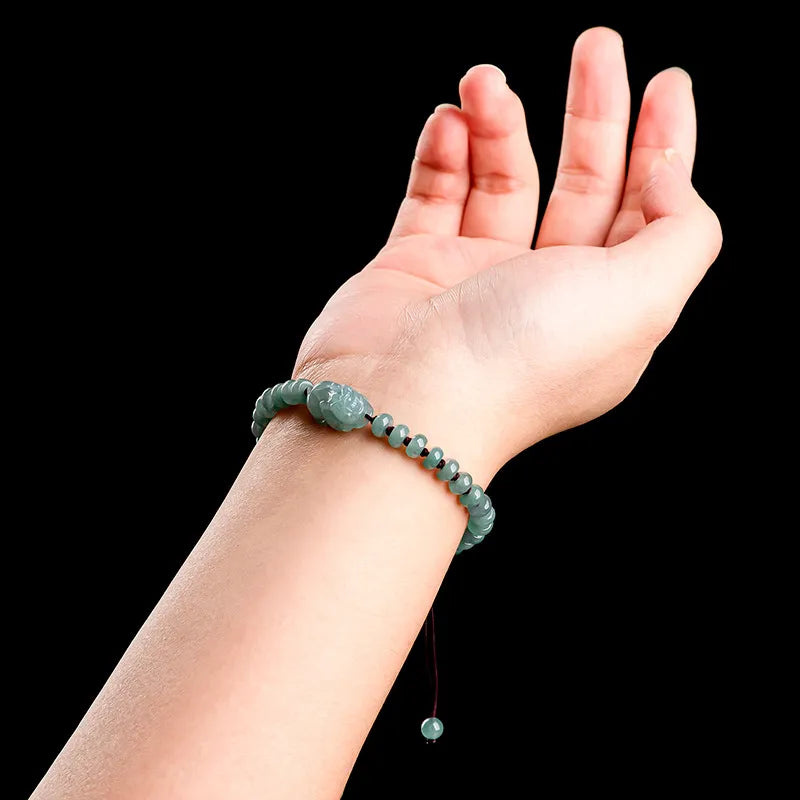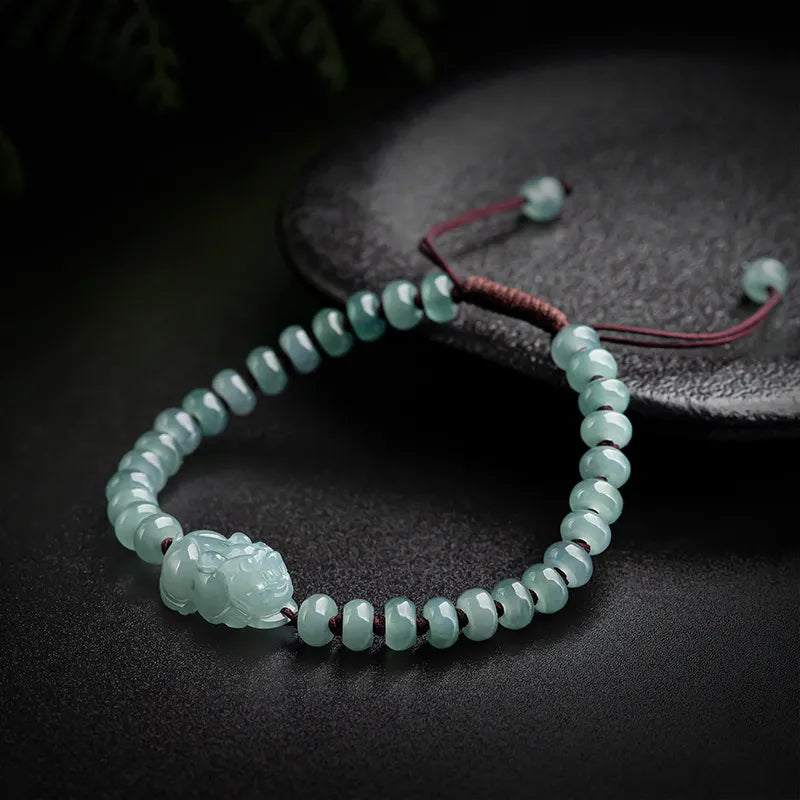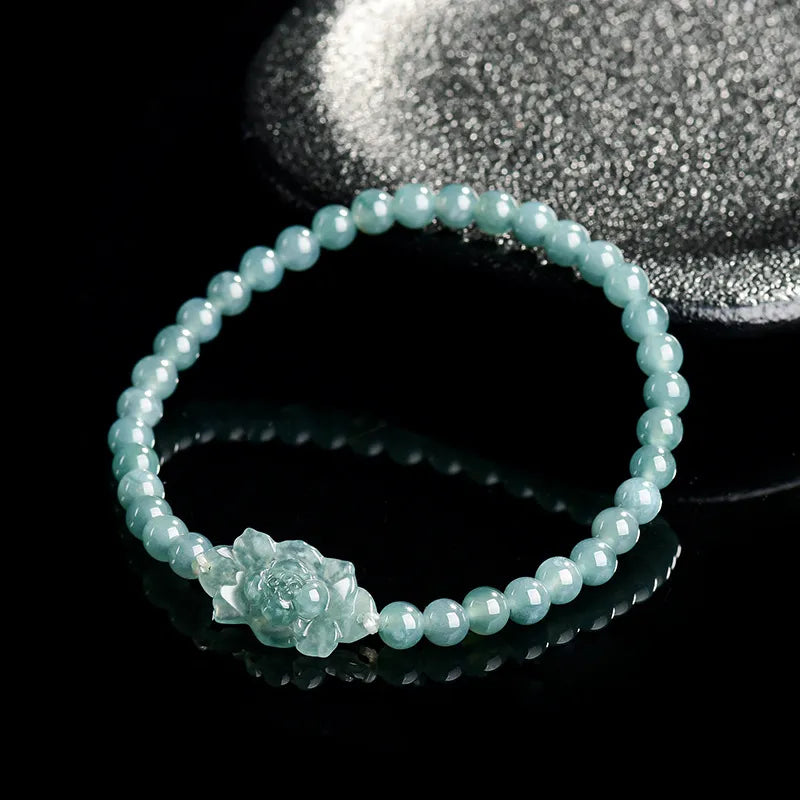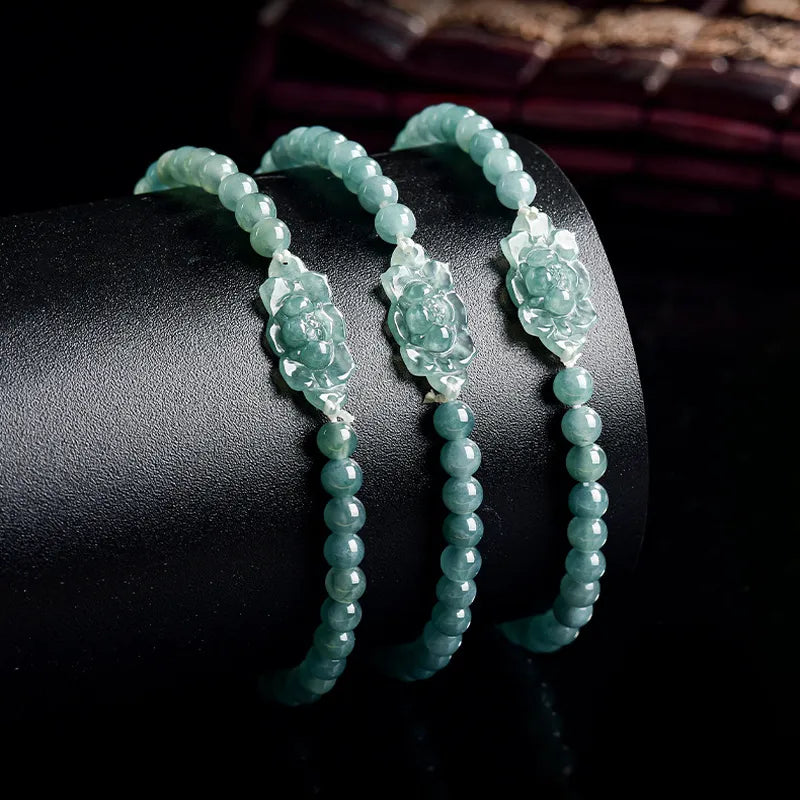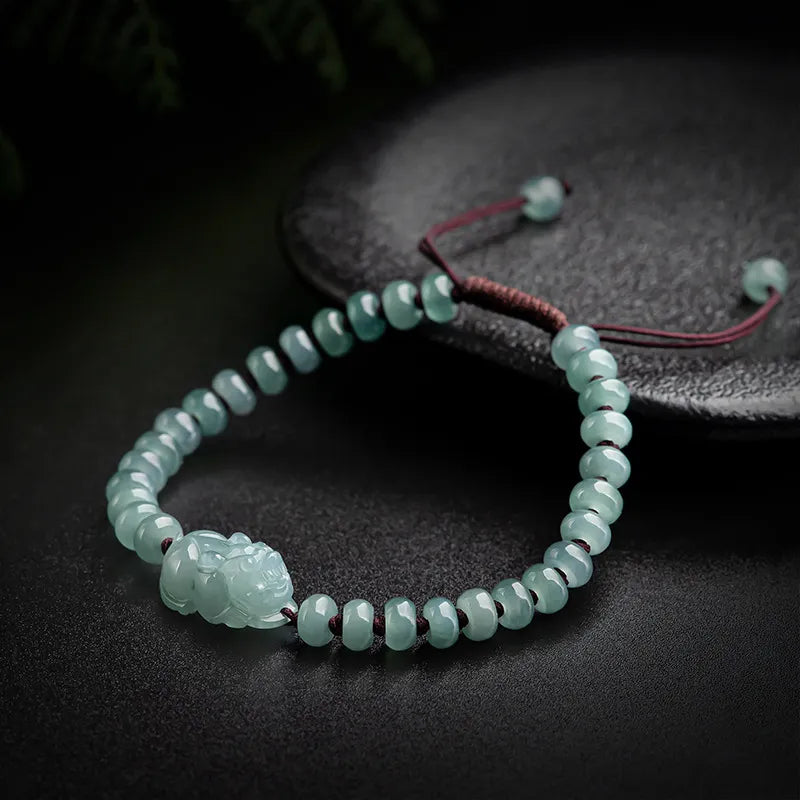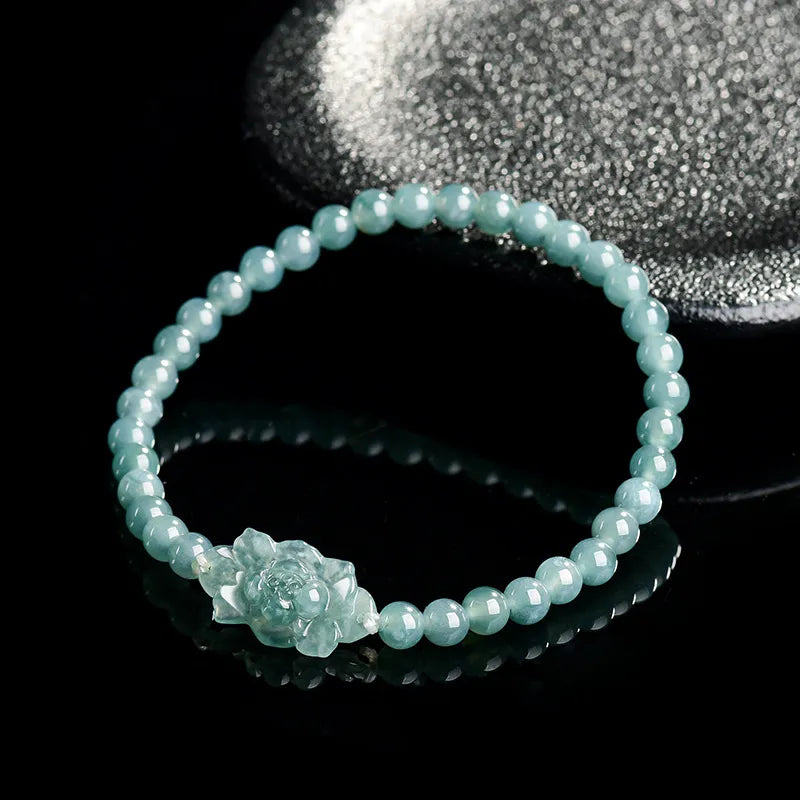Safety-First Principles for Selecting a Jade Bangle
When purchasing a jade bangle, prioritizing safety ensures both physical well-being and long-term enjoyment of the piece. Beyond aesthetic appeal, factors like structural integrity, material authenticity, and daily usability play critical roles in minimizing risks. Below, we explore key principles to guide a safety-conscious selection.

1. Structural Integrity: Avoiding Hidden Weaknesses
A jade bangle’s durability hinges on its internal composition and craftsmanship. Weaknesses, even microscopic ones, can lead to breakage or injury during wear.
- Crack and Flaw Inspection: Examine the bangle under natural light for visible cracks, chips, or uneven surfaces. These flaws compromise the stone’s strength, especially if the bangle is thin or narrow.
- Thickness Consistency: Opt for bangles with uniform thickness. Thin sections are more prone to snapping under pressure, while uneven edges may scratch the skin or catch on clothing.
- Polishing Quality: A smooth, well-polished surface reduces friction against the wrist. Rough or poorly finished edges can cause irritation or abrasions during prolonged wear.
Practical Tip: Gently tap the bangle with your fingernail; a clear, ringing sound indicates solidity, while a dull thud may signal internal fractures.
2. Material Authenticity: Identifying Genuine Jade
Counterfeit or treated jade poses risks, from chemical exposure to structural instability. Ensuring authenticity is fundamental to safety.
- Avoiding Dyes and Fillers: Some sellers use dyes to enhance color or fillers to mask flaws. These additives may degrade over time, releasing harmful substances or weakening the stone.
- Natural Inclusions vs. Artificial Flaws: Genuine jade often contains natural inclusions like “stone flowers” or minor blemishes. However, artificial inclusions (e.g., acid-etched patterns) can create weak points.
- Thermal Stability: Authentic jade withstands temperature changes better than synthetic alternatives. Sudden exposure to heat or cold can cause fake materials to crack or warp.
Testing Method: Hold the bangle briefly against your cheek; genuine jade feels cool to the touch, while plastics or resins may warm up quickly.
3. Allergy and Skin Sensitivity Considerations
Daily contact with a jade bangle means materials must be hypoallergenic to prevent reactions.
- Metal Accents: If the bangle includes metal clasps or decorations, ensure they’re nickel-free or made of hypoallergenic alloys. Nickel can cause rashes or itching in sensitive individuals.
- Surface Treatments: Some jade is coated with waxes or sealants to improve shine. These coatings may flake off over time, exposing the skin to potential irritants.
- Chemical-Free Polishing: Ask the seller about polishing methods. Harsh chemicals used in finishing can leave residues that irritate the skin.
Precaution: If you have known allergies, request a certificate of authenticity or material analysis from the seller.
4. Ergonomic Design for Daily Comfort
A bangle that fits poorly or restricts movement increases the risk of accidental damage or physical discomfort.
- Sizing Accuracy: Measure your wrist circumference precisely. A bangle that’s too tight may cause swelling, while one that’s too loose can slip off and break.
- Weight Distribution: Lighter bangles are preferable for all-day wear, especially if you’re active. Heavy pieces may strain the wrist during repetitive motions.
- Edge Smoothness: Rounded edges are safer than sharp or angular designs, which can dig into the skin or snag on fabrics.
Usage Scenario: If you frequently type or engage in hand-intensive activities, choose a bangle with a smooth, unobtrusive profile to avoid interference.
5. Ethical Sourcing and Environmental Safety
Beyond personal safety, ethical sourcing ensures the jade industry operates responsibly, reducing environmental and social harm.
- Conflict-Free Origins: Verify that the jade is sourced from regions with ethical mining practices. Some areas use hazardous chemicals or exploit labor, indirectly affecting consumer safety.
- Sustainable Practices: Look for sellers who prioritize eco-friendly mining and processing. Chemical runoff from jade extraction can pollute water sources, posing broader health risks.
Consumer Responsibility: Ask sellers about their supply chain transparency. Reputable dealers often provide documentation on the jade’s origin and processing methods.
Final Thoughts on Safety-Centric Selection
Choosing a jade bangle with safety as the top priority ensures a harmonious blend of beauty and practicality. By scrutinizing structural soundness, material authenticity, and ergonomic design, you protect both your investment and your well-being. Whether worn as a cultural heirloom or a daily accessory, a safely selected jade bangle becomes a source of pride and comfort.
